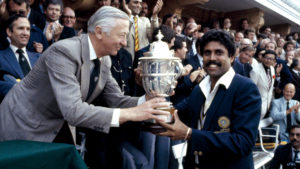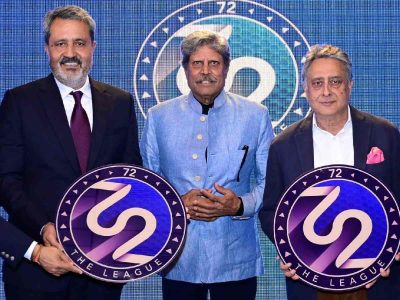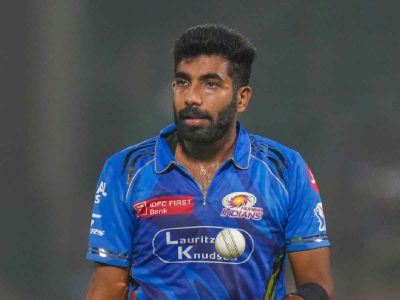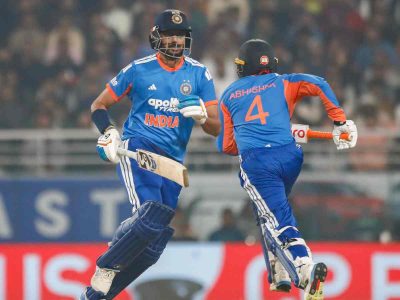Former players who have brought laurels for the country in the past are receiving little to no financial help from authorities, in spite of there being a separate retirement fund
BCCI have announced that any player who has made 25 or more international appearances in the national colours will receive a pension of Rs 50,000 per month. In addition to this, the cricket body also organises felicitation ceremonies from time to time to recognise contributions of players such as Kapil Dev and Sunil Gavaskar who have done a lot for the elevation of Indian cricket.
But what about the sportspersons who brought laurels for the country in various other sports? The Sports Authority of India has recently announced a new pension scheme in April 2018, wherein Rs 2,196.3 crore has been allocated to medallists at various international events. But how much does a retired sportsperson actually receive?
Laxmikant (name changed) is one of the icons of Paralympics, winning a gold medal for his performance in javelin throwing, a feat which he accomplished in 1964, much before India’s first individual Olympic gold by Abhinav Bindra in 2008. But in spite of his laurels, he hardly gets anything from the authorities, he says. “I served the army before my sports career, and whatever little pension I get from them is what sustains me and my lifestyle.”
For gold medallists at Olympics and Paralympics, the SAI has reserved a monthly pension of Rs 20,000, but he hardly gets any money from them. “Sometimes I receive Rs 1,000, sometimes 5,000, but never have I received my full pension. When I contact authorities, they say that they will look into the matter, but I never have received full support from them.

“I have won so many laurels for my country, but I am hardly recognised. There have been no felicitations for me at the national level”, says Laxmikant, who now stays in a two-room rented apartment in Mumbai. His hopes are now pinned on a filmmaker’s project to turn the story of his exploits into a major Bollywood biopic. “Maybe now people will recognize me and I will get my dues,” he says.
This is not a solitary case. “Thirty years ago, I had won a medal for archery at the World Championships. But now my medal gathers dust and the SAI hardly recognises my achievement”, says a former archer who wishes to remain anonymous. “I had a job as a physical education teacher at a local school, and I get a pension of Rs 5,000 from there. The SAI hardly ever gives anything”, she says.
“Even at 70 years old, I have to go to various archery coaching centres and train students, not because I want to, but because I need to have some income to sustain myself, as my husband too is no more”.
A medal at a world championship would fetch a pension of Rs 12,000, according to SAI norms. When told this, she was pleasantly surprised. “I get very erratic payments, no more than Rs 3,000-4,000 a month. I had no idea about this and no one from the authorities even informed me.”
However, while medallists at international events still get some pension from SAI, there is no provision for players who haven’t fetched a medal at major international events, but have played the sport for a long time. Ranjit (name changed), a former shooter who has multiple medals at various shooting events across the globe, says, “Not many players are that lucky to clinch medals at events such as the Olympics, Asian Games. Players like us have won tournaments at international events, which are not that well known.”
“We hardly get recognised by the authorities — let alone getting money for our dues”, he says. “Sometimes I get around Rs 2,000 — that too once in 2-3 months. I coach young shooters and that is how I sustain myself and my family.”
All of these players did not want to reveal their identities, since they feared that whatever little help they are getting from SAI would be cancelled if they speak against them on a public platform.
For footballers, the situation is even worse since All India Football Federation (AIFF) has no proper pension provisions for former footballers.
Tulsidas Balaram, once considered one of the best players not just in India but all of Asia and formed one of the famous Indian attacking triumvirates with Chuni Goswami and PK Banerjee, is a legend of Indian football. But when he was at his prime during Indian football’s golden age in the 1960s and ‘70s, he was struck by tuberculosis.
Since there were no proper rehabilitation facilities at that point of time. Balaram could never come back to the Indian side, and had to retire prematurely. Since then, he has been living on the sidelines, forgotten.
“The authorities hardly recognise my contribution, and I hardly get paid by them”, says 75-year-old Balaram, who lives in a one-room accommodation in Kolkata. “The football authorities have never helped me — neither did they take care of me when I was sick, nor are they doing it now in my old age. Some of my teammates have helped me financially, but I have no expectation from the authority”, says a dejected Balaram.
Patriot contacted both SAI and AIFF for comments. While the SAI said they are busy with Khelo India preparations, the AIFF refused to talk about the issue.





